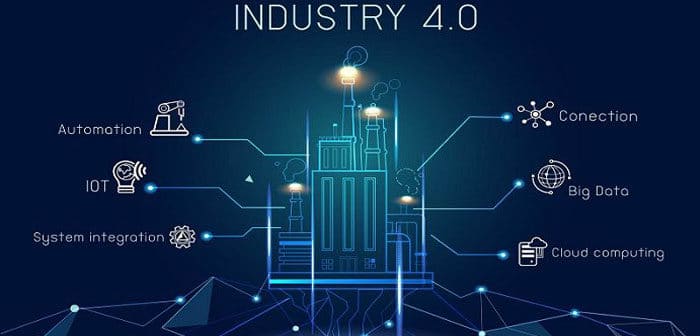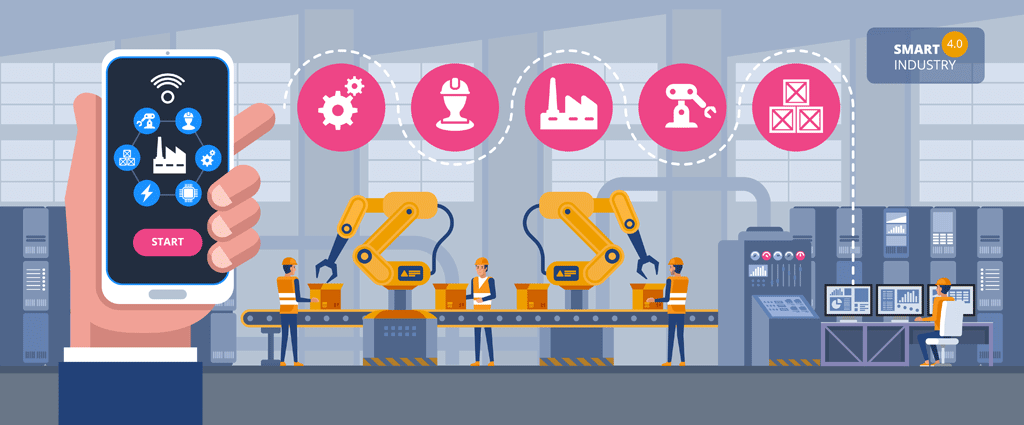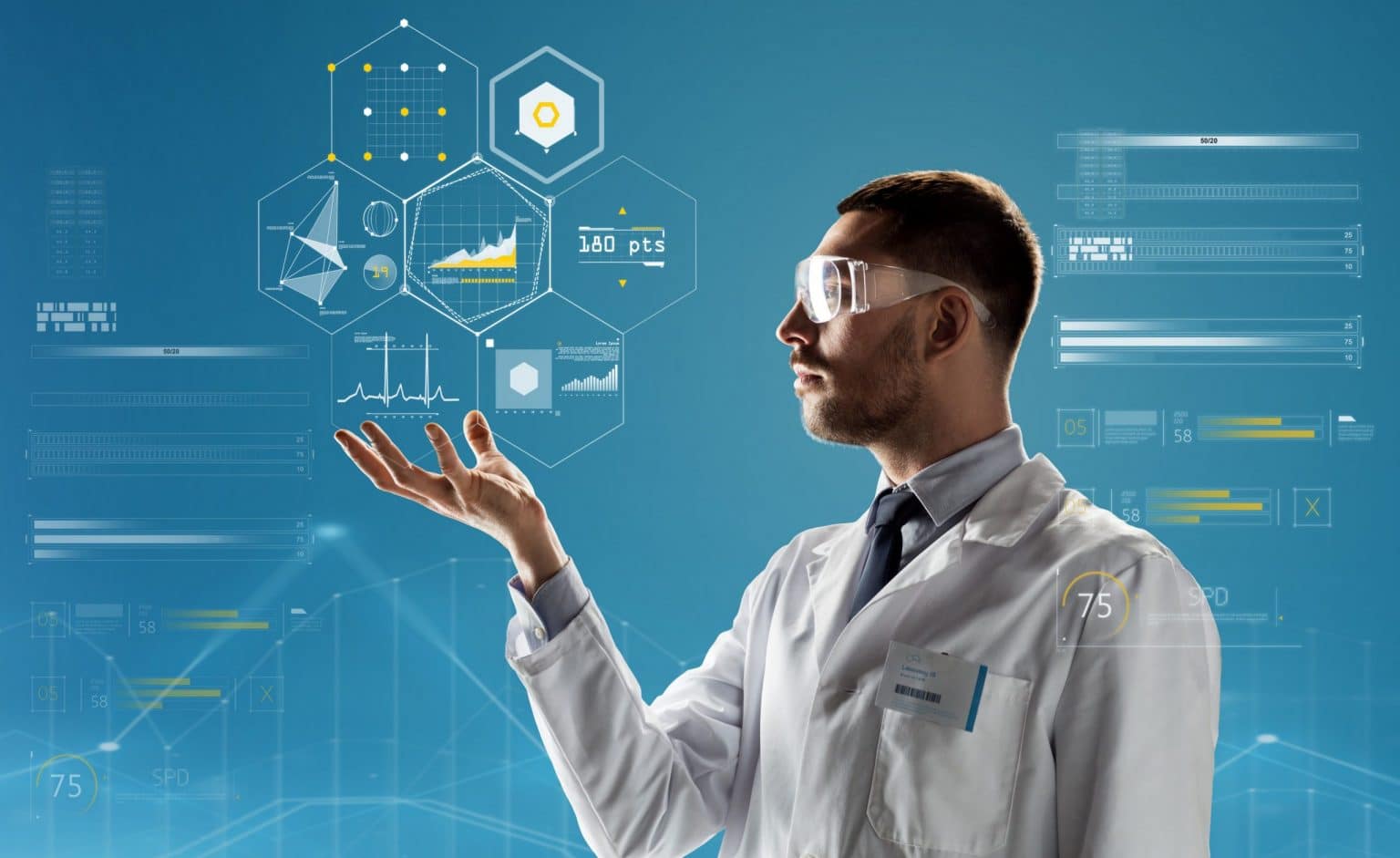
Smart products development in Industry 4.0
The fourth industrial revolution comprises a set of advancements that involve both products and processes. Smart products development (SPD) is one of the critical aspects of this new industrial paradigm, representing several potentials for organizations and markets. Furthermore, the emergence and capabilities of smart products are analyzed, as well as their central potentials in Industry 4.0 framework.
Disruptive changes addressed by Industry 4.0 had an impact on the whole product lifecycle, with the emergence of advanced digital tools for product development and prototyping that comprise advanced computing platforms, such as virtual and augmented reality (AR).
-
Industry 4.0
Industry 4.0 is a concept widely adopted as a driver in the digital industry and is based on the “Industry 4.0” project developed by the German government. This project was announced at the Hanover International Fair in 2011 and according to Industry 4.0 theory, the digital industry is based on customizable products, developed in a flexible manufacturing environment.
The value of smart products will not only lie in their physical capabilities but also in the enhanced customer and supply partners’ experience. From the earliest stages of engineering and design, every aspect is integrated with high-quality services in a new category of hybrid products.
The new manufacturing concept developed by the Industry 4.0 initiative incorporates machines, processes, software, sensors, processors, and communication technologies. All these systems have a computing component, as well as physical interaction with the real world, thus providing a meaningful interface between the two.
The industrial landscape has changed in the last decades due to successive technological advancements. In the last few years, the Industry 4.0 term has emerged and increased attention has been turned towards this phenomenon. Like the first three industrial revolutions that resulted from disruptive technological advancements, Industry 4.0 can be tentatively referred to as the fourth industrial revolution.
This new industrial paradigm will have a significant influence on the industrial sector since it represents a set of relevant technological advancements concerning Smart Robots, Cyber-Physical Systems (CPS), Big Data, Augmented Reality (AR), and the Internet of Things (IoT). In Industry 4.0 framework, everything in the manufacturing environment is integrated, autonomously exchanging information, triggering action, and controlling each independently, allowing the creation of smarter processes.
-
Potentials of smart products in Industry 4.0
Nowadays, the term “smart” became widespread, and despite being usually used by both organizations and researchers, there is no consistent definition. This concept is often related to using independent devices that cooperate in a network with other smart devices and can perform actions based on real-time updates.
Industry 4.0 is focused on creating smart products and processes through the transformation of conventional factories into smart factories.

Smart factories are one of the critical features of this new industrial paradigm, being a manufacturing solution that allows the performance of flexible and adaptive processes which are suitable for dynamically and rapidly meeting market requirements with high complexity. Moreover, smart factories can manage complexity and increase manufacturing efficiency. An intelligent factory environment is characterized by intercommunication in a network between human resources, machines, and objects, such as smart products.
Smart products are integrated with the whole manufacturing process and actively support their manufacturing process, controlling individual production stages autonomously. Furthermore, as finished goods, intelligent products are aware of the parameters within which they should be used, providing information about their status during their whole lifecycle. These embedded systems can be managed in real-time through the entire value chain, optimizing the smart factory regarding logistics, production, maintenance, and business management processes.
Smart Products for Digital Industry 4.0
Smart products integrated into current production flows can self-process, store data, communicate and interact within the industrial ecosystem.
Starting from the earliest approaches which enable products to identify themselves via RFID, the products’ capabilities to provide information have since evolved.
Today smart products don’t only provide their identity but also describe their status and lifecycle history. They are capable of computing algorithms and machine learning, which makes them adept at processing further steps, including the stages of the product resulting in the finished product and also upcoming maintenance operations.
Smart Products Development

Smart products are one of the critical aspects of the emerging industrial transformation that positively influence swing both products and processes. Industry 4.0 provides a set of new opportunities for SPD with the emergence of new technology that comprises advanced computing platforms.
-
New product development
The emerging fourth industrial revolution brings smart factories and smart manufacturing, with a high automation degree and high amounts of information in networks. The adoption of this new industrial paradigm and the production of intelligent and connected products means excellent changes in the whole organization’s value chain, namely in product development processes.
To remain competitive and meet market requirements in a quickly changing environment, companies have to face many challenges, continually introducing new products, processes, and technologies and being more effective than their competitors in their product development.
Product development processes have experienced several advancements in the last years in terms of theory, methods, and approaches. In the past, companies used to focus their product development processes on periodic product releases. However, this process is becoming more iterative, and companies are continuously improving their products.
The product development trends are highly influenced by new technological advancements that led to a new innovative type of products and the evolution regarding new market requirements. On the other hand, society plays an essential role in environmental impact, sustainability, health, and safety issues.

-
Augmented reality in Smart Products Development
Augmented Reality (AR) is a technology that combines the physical world with computer-generated texts and images or animations, providing an intuitive interaction experience to the users. AR can be defined as a real-time direct or indirect view of an enhanced or augmented real-world environment, combining real and virtual objects. In other words, AR is used to supplement the physical environment, overlaying digital computer-generated information such as sound, video, and graphics. It aims to simplify the user’s experience by bringing virtual information and enhancing their perception and interaction with the real world, augmenting the sense of reality in real-time.
AR is a variation of VR since their technologies and systems components are very similar. However, unlike VR whose goal is to immerse the users in a simulated and virtual world, the AR aim is to augment computer-generated graphics and information over real objects. While VR supports the product development phases with no physical environment, AR focuses on the physical environment and the physical products, augmenting the reality through the attachment of relevant information that facilitates the design and the smart products development processes.
Advanced techniques such as VR and AR are being introduced in product development, representing the great potential for industrial design and interactive augmented prototyping. These collaborative design tools can facilitate the sharing of know-how, enhancing the view of the physical world with additional information and computer-generated representations of the product in development.
AR is not only used to enhance the prototyping process but also as a tool that increases the perception of the product and promotes communication between every stakeholder.
Conclusions
The fourth industrial revolution will bring together the digital and physical worlds, integrating them to improve processes and products. This new manufacturing concept represents an opportunity to improve companies’ productivity and efficiency by using a smart product to communicate with an industrial environment. Smart and connected products provide new opportunities for new functionalities, higher reliability, and capabilities, as well as the introduction of disruptive value chains.
Industry 4.0 provides a set of new opportunities with the emergence of new disruptive and cutting-edge technologies that represent a massive potential for industrial design and prototyping. Advanced digital technologies that comprise advanced computing platforms, such as VR and AR are being introduced in the SPD field and are beginning to rewrite the rules of product development processes. The combination of physical and virtual or augmented prototyping is allowing the cost-effective creation of highly flexible smart products and providing a realistic rendering of product appearance and behavior.
Bringing the design and visualization together increases the perception of the product. It promotes communication between every stakeholder, creating more collaborative environments, which represent an excellent potential for increasing the organizations’ competitiveness, placing the companies that adopt these SPD approaches at the forefront of the technology.
Contact us today to learn more about our services.


Leave a Reply